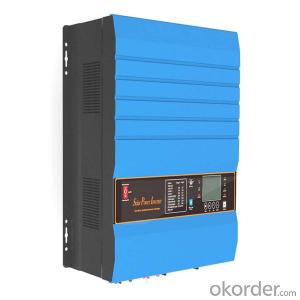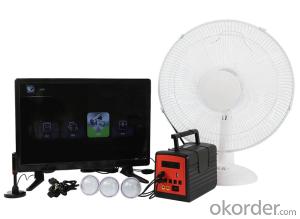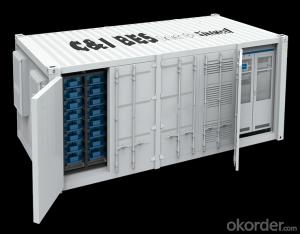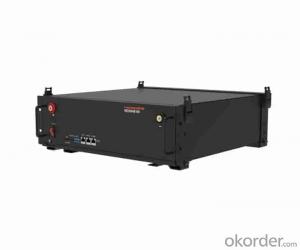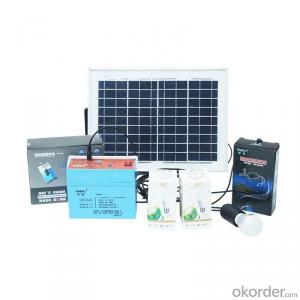Mpp Solar Inverter 48v
Mpp Solar Inverter 48v Related Searches
Solar Panel Inverter Function Solar Power Inverter 10kw Oem 5kw 48v Solar Inverter Pure Sine Wave Solar Inverter 48v Solar Inverter Charger 10kw Solar Edge Inverter Sine Wave Solar Inverter Mppt Solar Inverter 48v 48v Hybrid Solar Inverter 5kw 48v Solar InverterHot Searches
Type Of Inverter For Solar Types Of Inverter For Solar Used Solar Inverter For Sale Inverter Size For Solar System Solar Edge Inverter For Sale 5kw Solar Inverter For Sale Solar Inverter For Sale Solar Inverter For Battery Solar Inverter For Split Ac Solar Inverter For Laptop Solar Inverter For Fridge Solar With Inverter Price Solar Inverter With 2 Battery Solar Inverter Price In China Best Solar Inverter In China Solar Inverter Price In Dubai Solar Inverter Price In Uae Solar Inverter Price In Kenya Solar Inverter Price In Kerala Solar Hot Water Collectors For SaleMpp Solar Inverter 48v Supplier & Manufacturer from China
Okorder.com is a professional Mpp Solar Inverter 48v supplier & manufacturer, offers integrated one-stop services including real-time quoting and online cargo tracking. We are funded by CNBM Group, a Fortune 500 enterprise and the largest Mpp Solar Inverter 48v firm in China.Hot Products
FAQ
- Yes, solar energy systems can still be used in areas with frequent snowfall. While snow can temporarily reduce the efficiency of solar panels, it does not render them completely useless. Proper installation and maintenance, such as tilt adjustments or snow removal, can optimize their performance in snowy conditions. Additionally, advancements in technology, such as anti-reflective coatings and self-cleaning panels, are making solar energy systems more resilient to snow accumulation.
- Yes, solar energy systems can still be used in areas with limited access to solar grounding equipment. While proper grounding is important for safety reasons, it is not always mandatory for the installation and operation of solar panels. Alternative grounding methods, such as using ground-mount racks or ballast systems, can be employed in such areas. Additionally, off-grid solar systems with batteries can provide power even without grid connection or grounding requirements. However, it is crucial to consult with experts and adhere to local regulations to ensure safe and efficient operation of the solar energy system.
- The lifespan of solar batteries can vary depending on several factors. Generally, high-quality solar batteries can last anywhere from 5 to 15 years. However, with proper maintenance and care, some batteries have been known to last up to 20 years or more. The lifespan of solar batteries is influenced by factors such as the type and quality of the battery, the depth of discharge (how much energy is used before recharging), the frequency of charging and discharging cycles, and the overall maintenance of the battery system. It's important to note that over time, the capacity of solar batteries may decrease, resulting in reduced energy storage capabilities. This gradual decline in capacity is known as battery degradation. While it is an inevitable process, proper care and maintenance can help slow down the rate of degradation. Regularly monitoring the battery's state of charge, avoiding deep discharges, and ensuring proper ventilation and temperature control can all contribute to prolonging the lifespan of solar batteries. Additionally, following the manufacturer's guidelines for maintenance and replacement can help maximize their longevity. Overall, investing in high-quality solar batteries, coupled with proactive maintenance, can significantly extend their lifespan, providing reliable and sustainable energy storage for your solar power system.
- Yes, solar energy systems can definitely be installed on parking lots or carports. These locations provide ample space and exposure to sunlight, making them ideal for generating solar power. By installing solar panels on these structures, parking lots and carports can not only provide shade for vehicles but also generate clean and renewable energy.
- Yes, solar energy systems can be used in commercial buildings. In fact, many businesses and organizations are increasingly adopting solar power systems to meet their energy needs and reduce their carbon footprint. These systems can be installed on rooftops or as ground-mounted arrays, providing clean and renewable energy to power various operations in commercial buildings. Additionally, commercial buildings often have larger roof spaces available, making them well-suited for efficient solar panel installation.
- The efficiency of solar panels can vary significantly across different panel technologies. Traditional silicon-based panels, also known as monocrystalline or polycrystalline panels, have an average efficiency range of 15% to 20%. However, newer technologies like thin-film solar panels, such as amorphous silicon or cadmium telluride, have lower efficiencies ranging from 10% to 12%. On the other hand, emerging technologies like perovskite solar cells have shown great promise with efficiencies exceeding 25%. Therefore, it can be concluded that the efficiency of solar panels varies based on the specific technology employed.
- Yes, a solar energy system can be installed in an area with a high bird population. However, certain precautions need to be taken to minimize any potential risks or issues. Birds may be attracted to the solar panels, perching on them or building nests. This can potentially lead to bird droppings and debris accumulating on the panels, reducing their efficiency. To mitigate these risks, there are various measures that can be implemented. One option is to install bird deterrents, such as spikes or netting, around the solar panels to discourage birds from landing or nesting on them. These deterrents should be designed in a way that does not obstruct the sunlight needed for the panels to generate electricity. Regular maintenance and cleaning of the solar panels can also help ensure their optimal performance. This includes removing any bird droppings, nests, or other debris that may accumulate over time. By keeping the panels clean, their efficiency can be maintained, and potential damage can be minimized. Additionally, it is important to choose a suitable location for the solar energy system installation. Placing the panels away from trees or structures that may attract birds for nesting purposes can help reduce the likelihood of bird-related issues. Overall, with proper planning, installation, and maintenance, a solar energy system can be successfully implemented in an area with a high bird population while minimizing any potential negative impacts on its functionality.
- Yes, solar energy systems can be used in areas with high snowfall. However, the efficiency of the system may be affected during snowy periods, as the snow can accumulate on the solar panels and hinder sunlight absorption. Regular maintenance, such as clearing the snow from the panels, can help mitigate this issue. Additionally, tilt mounting systems can be used to reduce snow accumulation. Despite these challenges, solar energy systems can still be a viable and sustainable option in areas with high snowfall.


